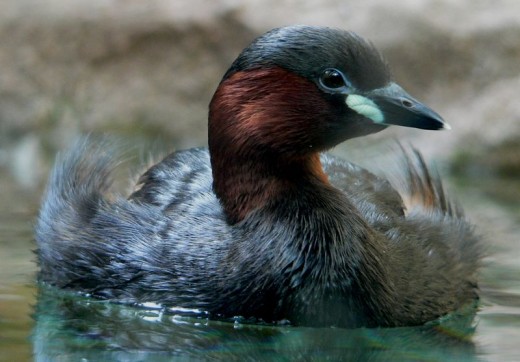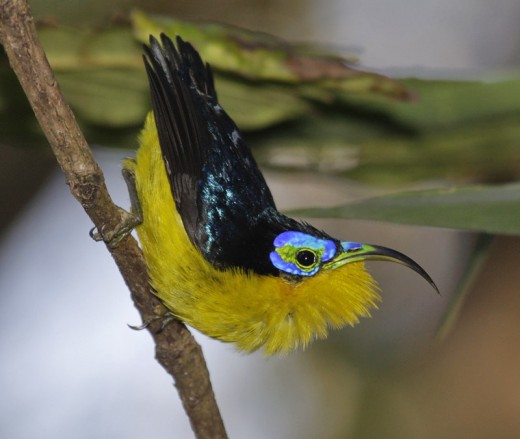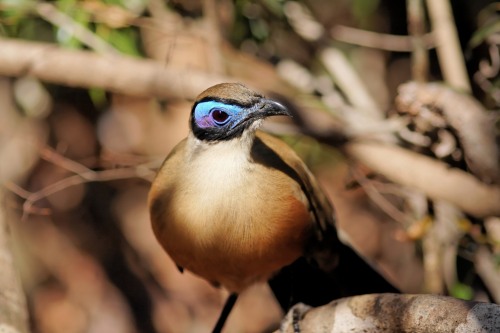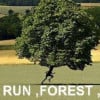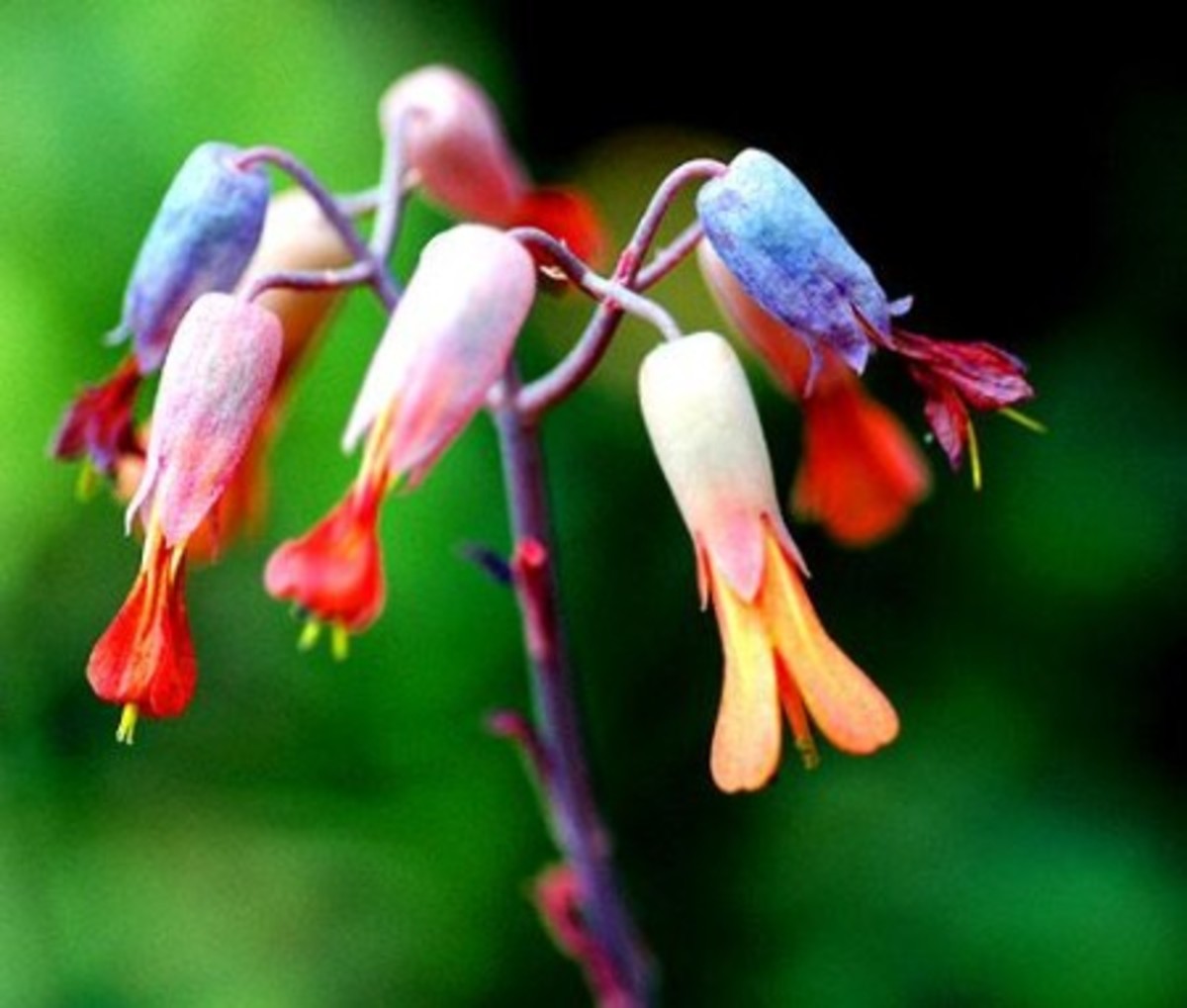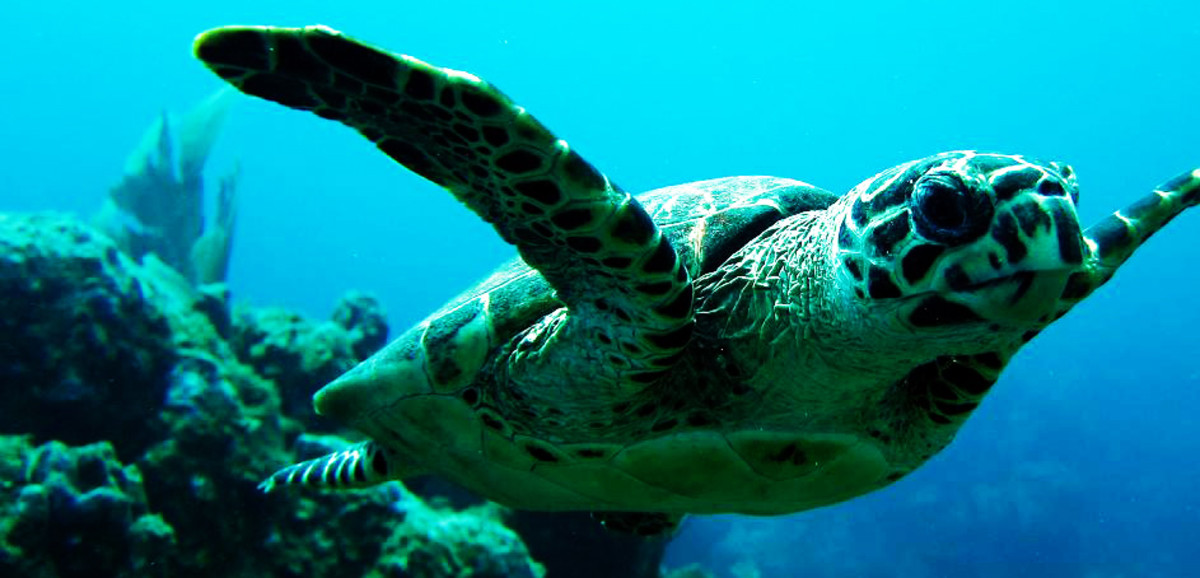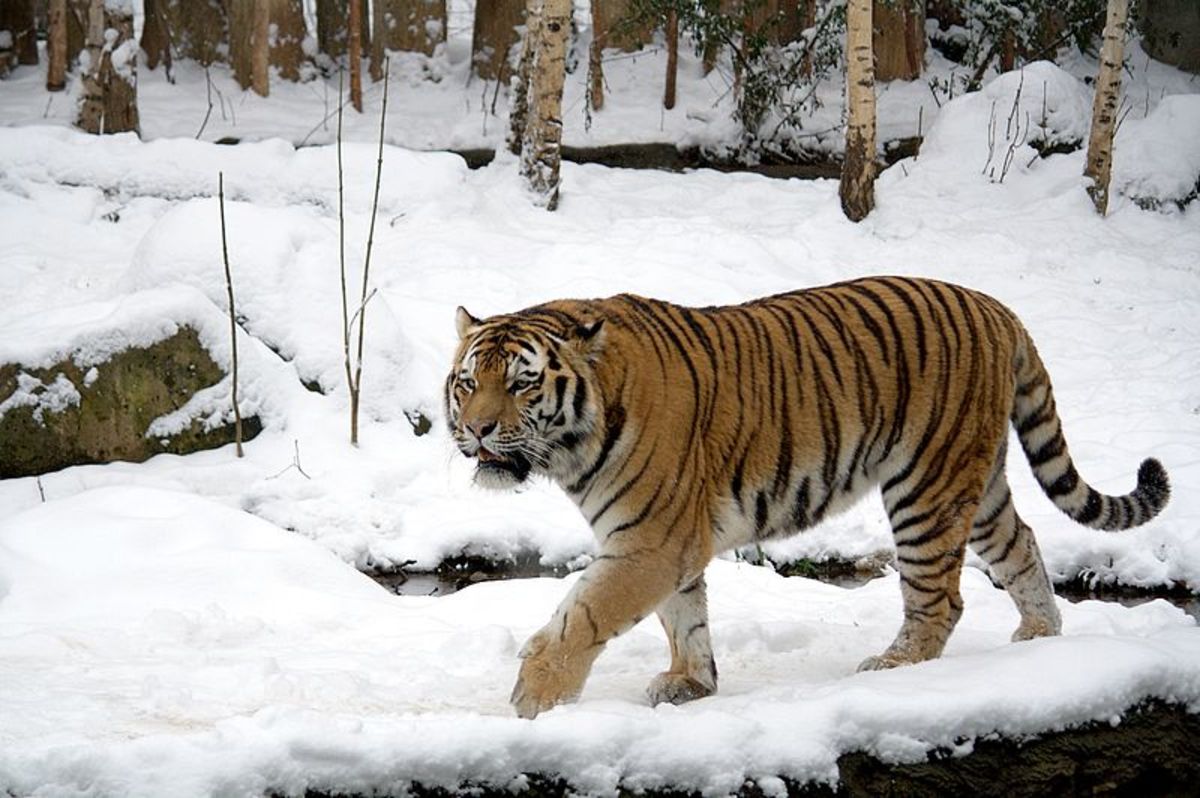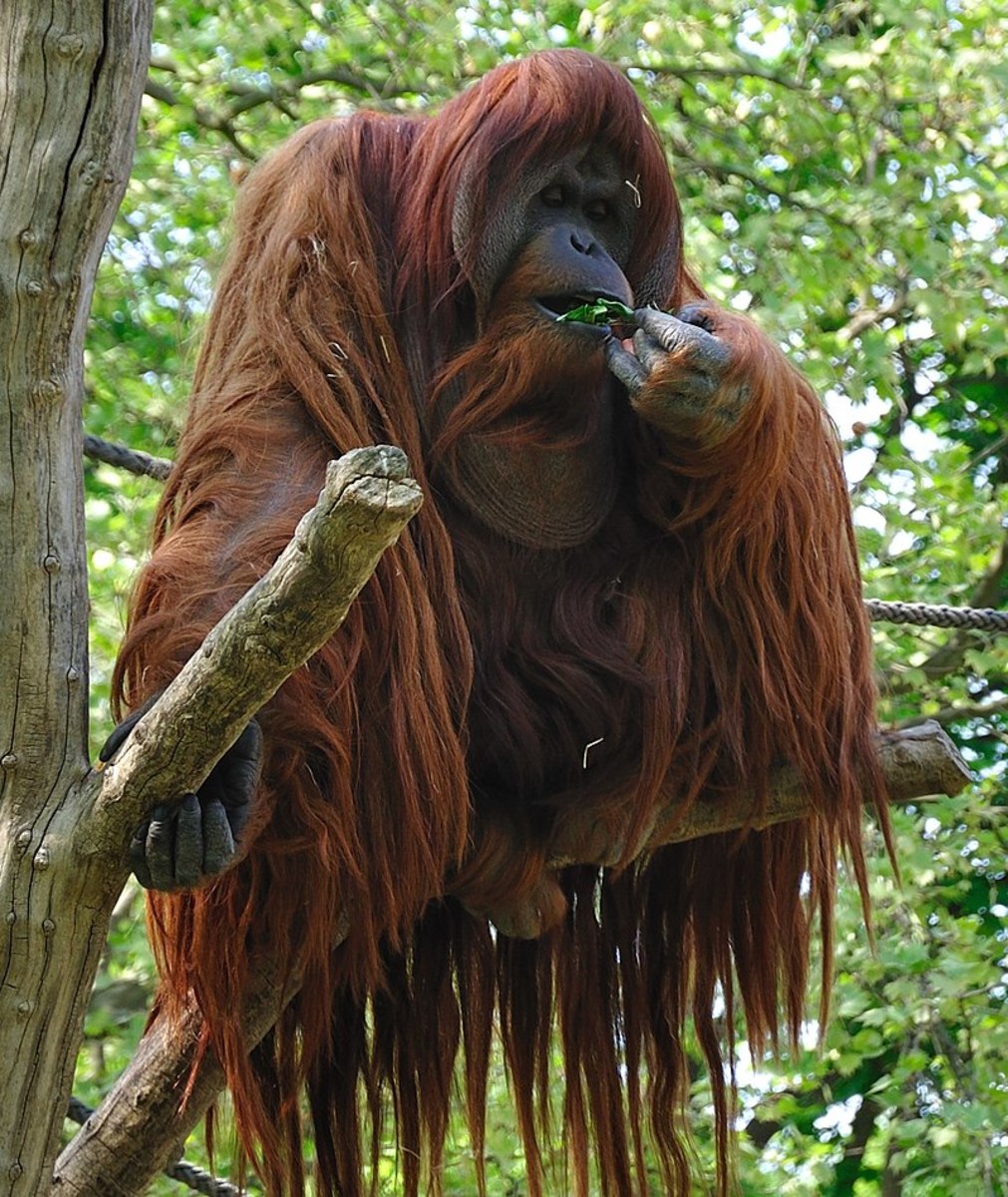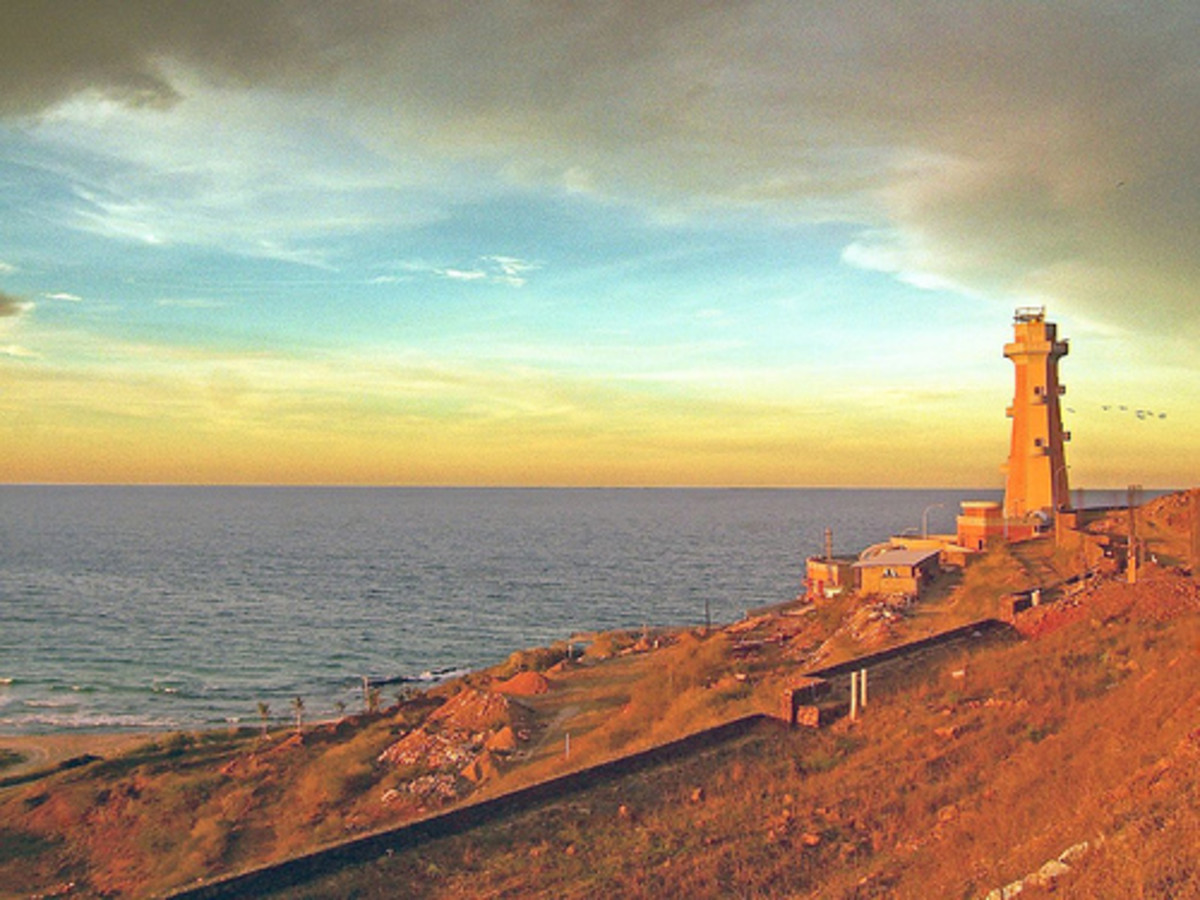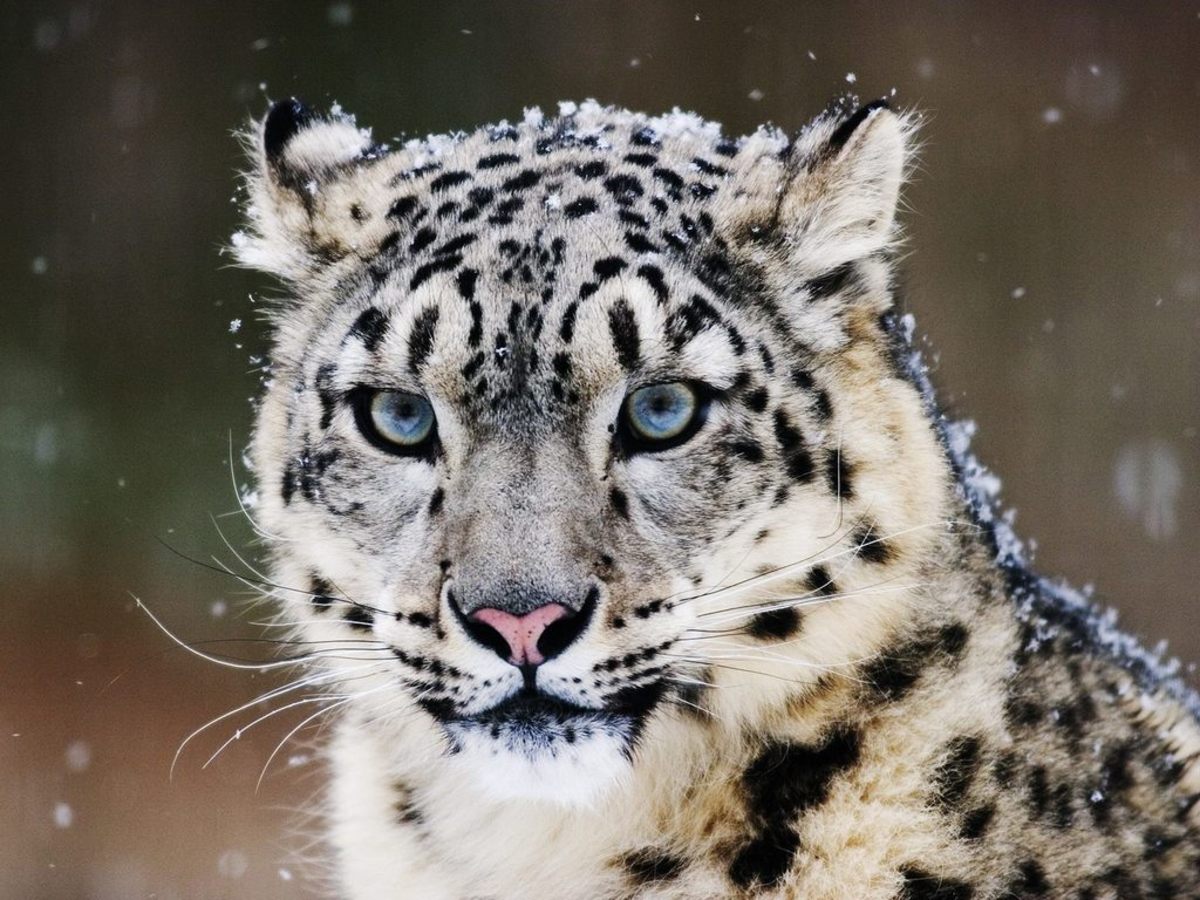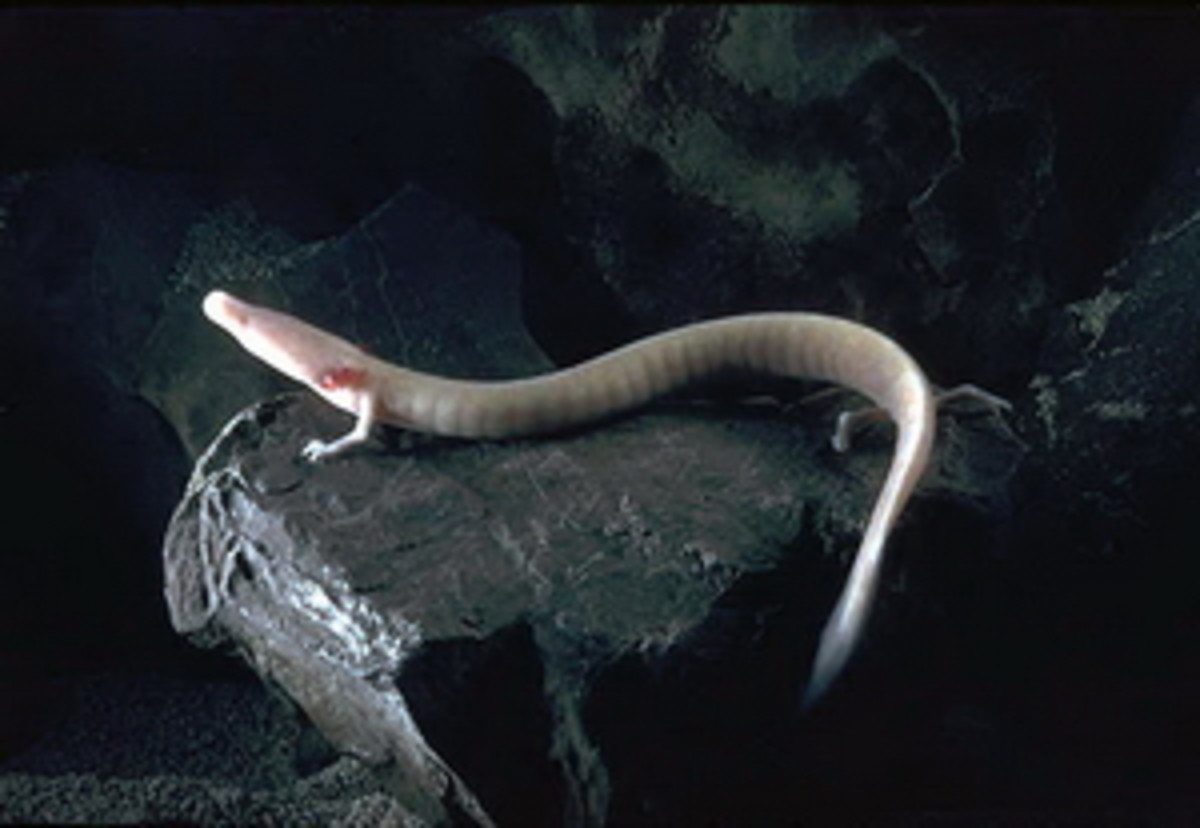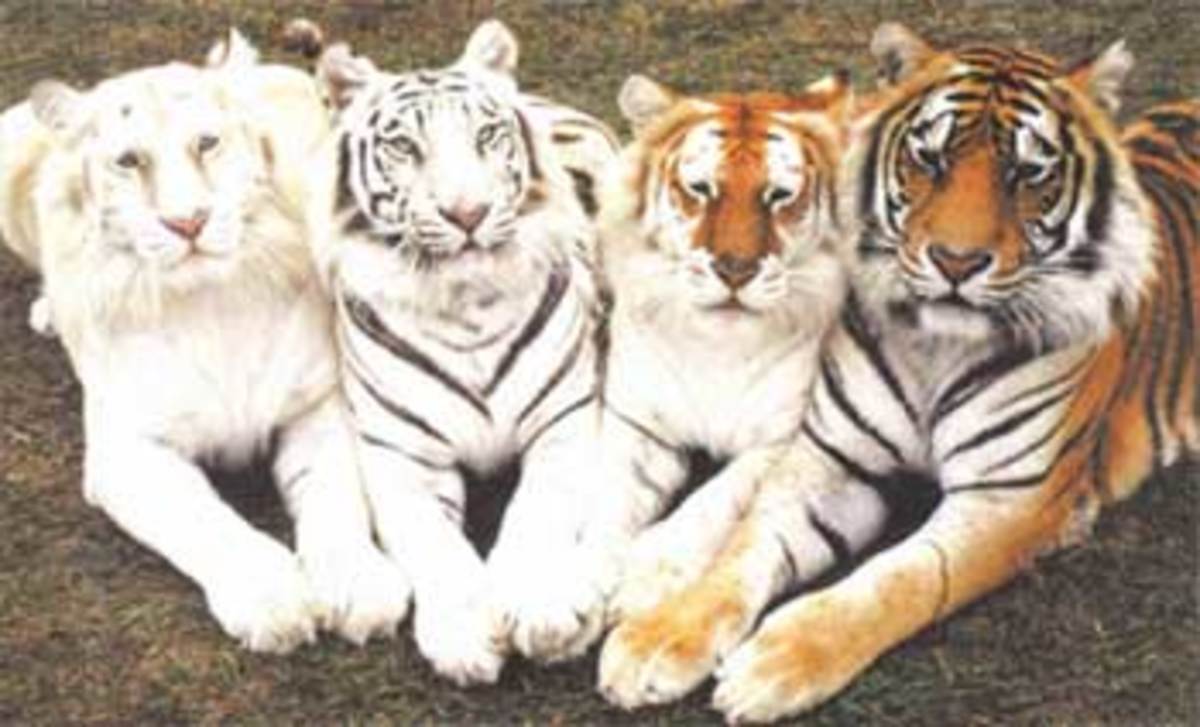- HubPages»
- Education and Science»
- Life Sciences»
- Endangered Species
Disappearing Species of Madagascar, Part II, Birds.
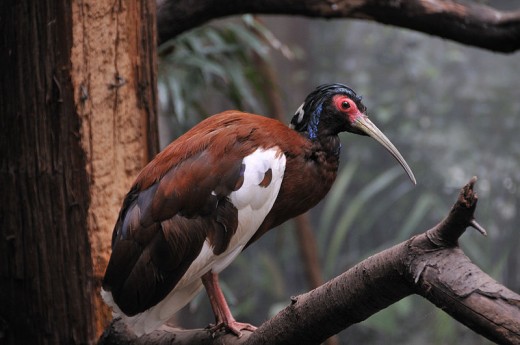
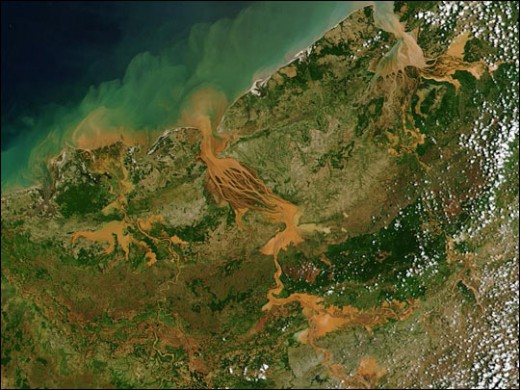
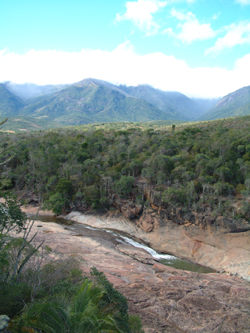
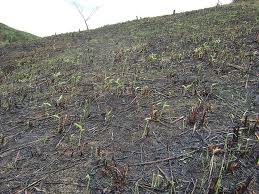
When Madagascar was first colonised there was 11.2 million of hectares of Eastern rain forest, but by 1985 this had been reduced to just 3.8 million hectares and it is shrinking all the time.However the most threatened habitat is the wetlands and marshlands which are being continually drained for agricultural use.
Because of these 2 factors and illegal logging and other habitat destruction, poaching and hunting alarm bells are ringing loudly. There were 8,000 endemic species of plant on the island. It supported around 5% of the worlds total species. These include 50% of all the planets chameleons, 210 species at least of Iguanids, Geckos and other lizards.
There are 80 discovered species of snakes on Madagascar,all non-poisonous, but the big Boa Constrictors can and will give a nasty bite.
Add to this 100,00 species of insect and 470 species of spider endemic to the island and those again are the ones that have been discovered so far it is completely understandable why there is so much concern among conservationists , scientists and all people who care about the ecology and biodiversity of our planet.
One of the greatest problems that Madagascar faces though is the policy of Slash and Burn Agriculture. This is the cutting down and burning of sections of forest in a haphazard way to create fields. It is considered a kind of subsistence farming with no real aforethought, or use of farming tools or technology.
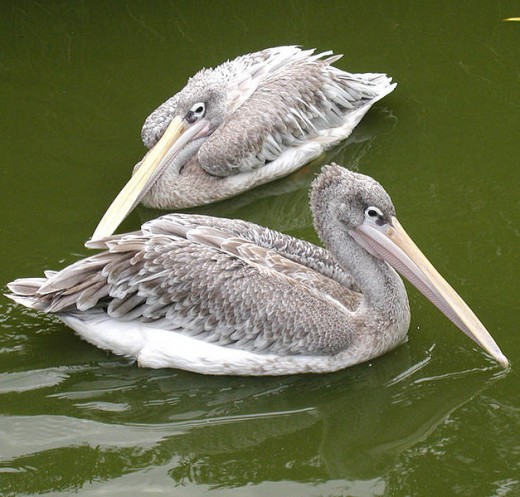
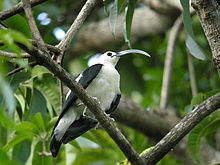
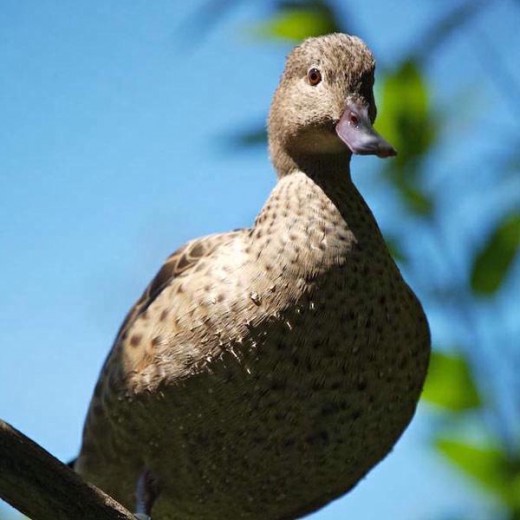
Some Birds of Madagascar
I would like to have written firstly about the Pink-backed Pelican (Pelecanus rufescens) but sadly because of no sightings for sometime it is now considered Extinct on Madagascar.
However, on a brighter note the next bird is at the moment of listed as of Least concern by Conservationists.
Sickle-billed Vanga (Falculea palliata). This bird is endemic to the island and is the largest of the Vangas. It has striking plumage, with a white head,breast , belly and back, whilst it wings and tail are black with a blue sheen.
It mainly inhabits the Western side of the island where there is dry deciduous forest and thorn forest or lives on open savanna and is also known to inhabit wooded areas around villages as well.
Madagascar Teal (Anas bernieri)
Also known as Berniers Teal this pretty like duck is the world rarest and least known species of wildlife.
It has warn brown plumage which looks scalloped in places. Its preferred habitat is among the mangroves in open shallow ponds and lakes where the water is brackish.
the teal eats invertebrates,plant materials and insects. They build their nests in tree cavities and lay clutches of 4-10 eggs which they incubate for 28-30 days.
Unfortunately they have become Critically Endangered with only 1500 known birds left in the wild and this is mainly due to habitat destruction. The Mangroves are being destroyed for timber and fuel at an alarming rate.
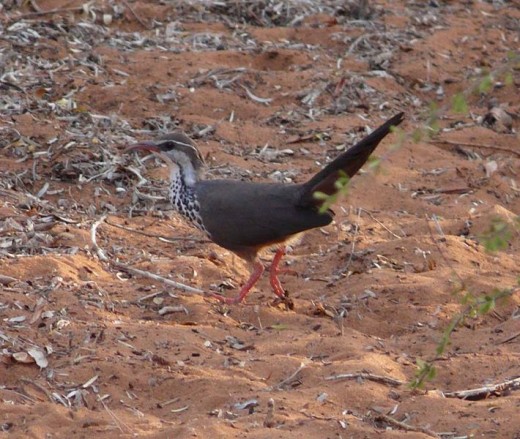
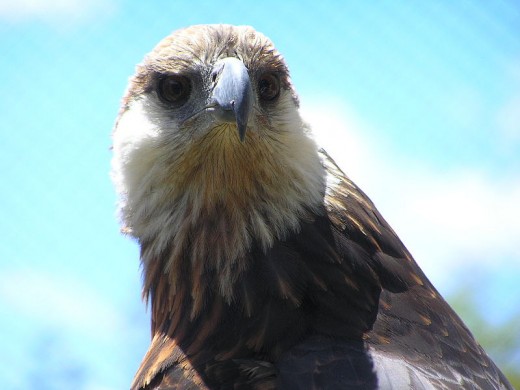
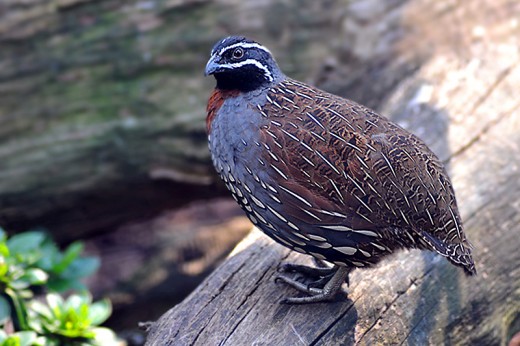
Subdesert Mesite (Monias benschi)
This is another species of bird which is endemic to Madagascar. It is a ground dweller and one of 3 species of the Mesite Family. Their range has become restricted to a small lowland region of Southwestern Madagascar and even this is becoming degraded. What with the small range, and hunting and predators and with no official protection this bird is now considered Vulnerable.
They have a long and downward curved bill and both male and female have grayish-brown plumage.
They forage by picking up invertebrates, fruits and seeds off the ground and will dig a little under the surface if necessary.
Their nests are open platforms of twigs built in bushes about 2 metres off the ground and here the female lays 1-2 eggs which are incubated by both parents.
Fish Eagle/Sea Eagle (Haliaeetus vociferoids).
This extremely rare and beautiful bird is another one that is endemic to Madagascar, but it numbers are now very low and its only range is along the west coast of the island.
It is considered Critically Endangered and this is because of the threats to and loss of breeding habitat which is due to deforestation, soil erosion and that rice paddies have been made in the natural wetlands where it could do some of its hunting. There is also the constant conflict with humans over fish stocks, so food is not as abundant either.
This particular eagle is of a medium size, but the female is slightly larger than the male.
Madagascar Partridge (Margaroperdix madagascarensis)
This bird is very shy and secretive and feeds whilst it slowly walks around, however if startled it will draw itself up and either run away swiftly or take off and fly a safe distance away.
Their habitat is grassy, bushy or terrain that has been cleared and natural forest clearings. Here it eats mainly seeds but supplements this with berries and insects. the Partridge nests on hollows made in the ground. The clutches are quite large containing up to 20 eggs. So the question has to be why are they considered endangered. The simple truth here is the same as with all the endangered species on Madagascar, habitat loss, local hunting and with this bird also trapping.
So far, so good for these lovely Birds
